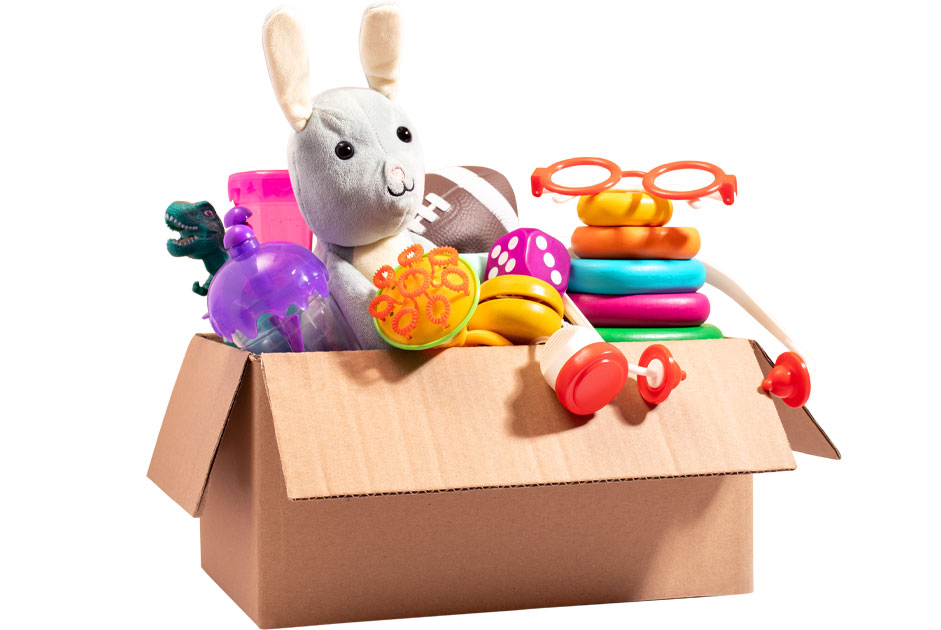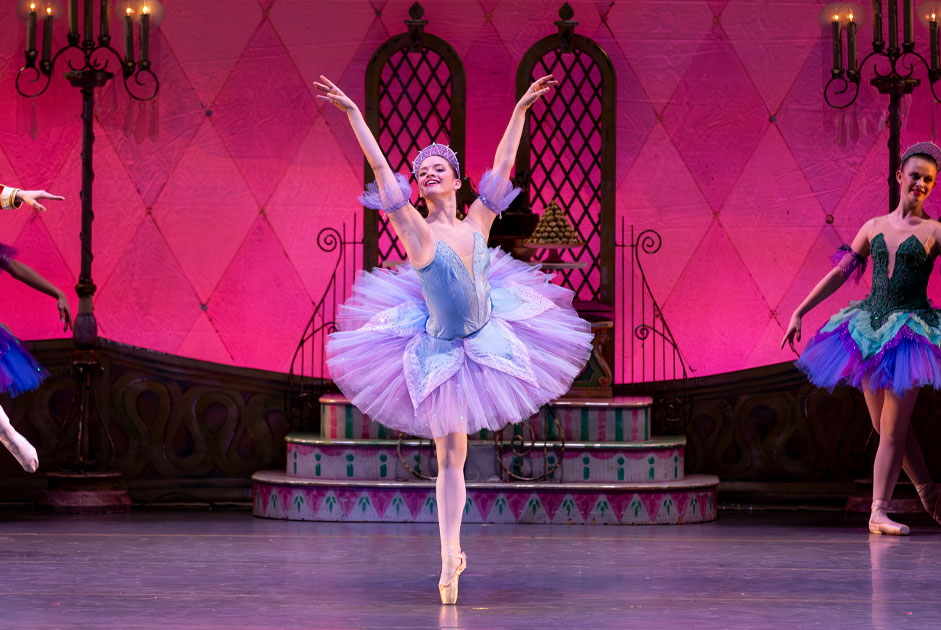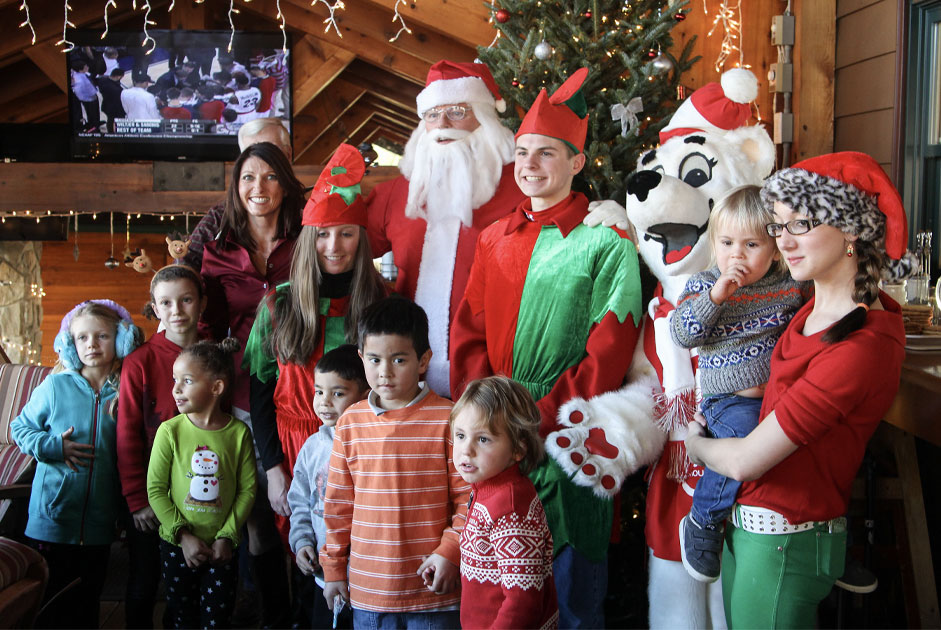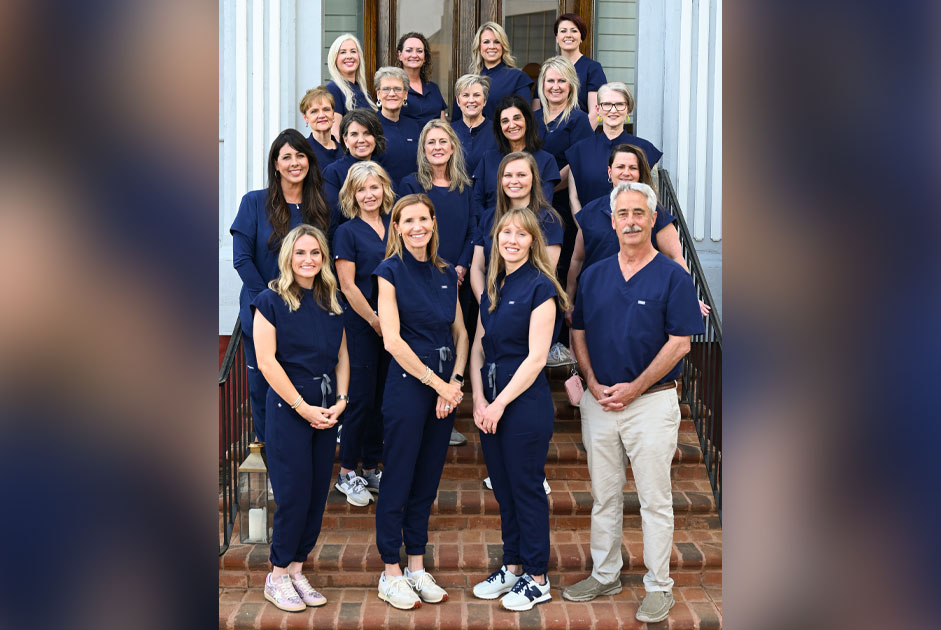March Madness is here! That exciting time of year when we watch highly competitive basketball and predict its results within our own private and public competitions, a.k.a. Brackets and Pools. However, with the advent of the NCAA’s name, image and likeness (NIL) policy that went into effect on July 1, 2021, and the NCAA transfer portal, officially introduced in 2018 and revised this season, a new type of madness has overtaken college sports. The landscape has changed dramatically and has impacted students, athletes, institutions, brands, officials and other areas that remain to be seen. Families with children desiring to play sports in college will face many more decisions, opportunities and challenges along the way.
It all began with the advent of the Transfer Portal which essentially allows athletes today to transfer to another comparable institution without penalty, as long as they meet the requirements. This seems fair, after all, coaches and administrators can switch locations, and now, so can the athletes. Next, another long-awaited change was implemented allowing college athletes to be compensated through endorsements, sponsorships, appearances and social media promotions. College sports is a billion-dollar business, and many more participants are sharing in the profits.
Though the merits were there for the changes, I’m not so sure everyone got the message or took it as seriously as they should have to plan for the inevitable challenges and complications that arise from this seismic shift in the major revenue sports in particular. It seems many schools and especially coaches were caught off guard by just how impactful these changes would be to their programs, cultures and routines. Which ones were impacted the most? Some examples are easier to see than others via sudden coaching departures and retirements, and what appeared to be solid programs suddenly floundering with no sign of recovery anytime soon. Legendary coaches in the sport like Tony Bennett from UVA, and Jim Larranaga of Miami for example, made what appeared to be shocking decisions to leave their positions, the former just before the season began, and the latter just after. Witnessing coaches of this championship pedigree walk away is a clear sign that all is not well in the Land of Oz. Nevertheless, you can’t put the genie back in the bottle now, nor should we try to, at least not to the original policies.
After seeing the season develop thus far, from a fan’s perspective, I think this “new game” has the potential to be very exciting as well, perhaps more so. No doubt, dealing with the NIL negotiations with agents of high school seniors has to be a challenging experience, and watching your team dissolve at the end of every season with transfers out whether you win or lose is equally disappointing. But, one team’s loss is another team’s gain. Talent gets moved around where needed, and I envision more balance in the NCAA in major revenue sports. Smaller schools that can afford the compensation packages can entice more talented players than before and pull in transfers who are more experienced at this level. Big schools have greater NIL budgets and player promotion opportunities in large markets.
Thus, for the players, there’s revenue, opportunity, flexibility, upward mobility and firsthand experience with branding, marketing and promotions. For the coaches, there’s the continuous rebuilding of new teams each year, more competitive recruiting of the most elite talent, NIL budget concerns, player egos and difficult agents to contend with, maintaining student-athlete academic eligibility and, of course, they must continue to win to preserve their comfortable salaries and bonuses. For institutions, there’s more personnel necessary, including general managers and staff to manage budgets, prevent unethical practices and exploitation, tampering and poaching of student-athletes, compliance regulations, legal and marketing promotions, maintain academic integrity and make the hard decisions when necessary.
For the fans though, cheering for the same players year after year is over. You may be cheering one year for them, and the next year, they’re on your rival’s team. Winning consistency will be more difficult to maintain; expectations, however, will be the same. The game itself will also change. The pros are synonymous with quick-action offense and multiple three-pointers. College has been more diverse in that area with defense being a large part of some teams. Defense, however, doesn’t recruit as well as offense. So, I suspect the game will grow similar to the professional style. The “any given night” rule applies even more. The key difference is the college fan is a fanatic (apologies to Boston, New York and Philadelphia). They have a true vested interest in the program because many attended the schools. Therefore, I think they’ll adapt more easily to the changes as long as their team wins.
If you have a son or daughter about to venture into this new realm, I wish them the best. Their path may be different from what they expected. They will, however, benefit in ways the ones that came before them did not. It’s complicated but a good problem to have.
Music Selection: P!NK – Never Gonna Not Dance Again (Clean – Lyrics)
To comment and see more, visit theviewfrommysection.com.



















